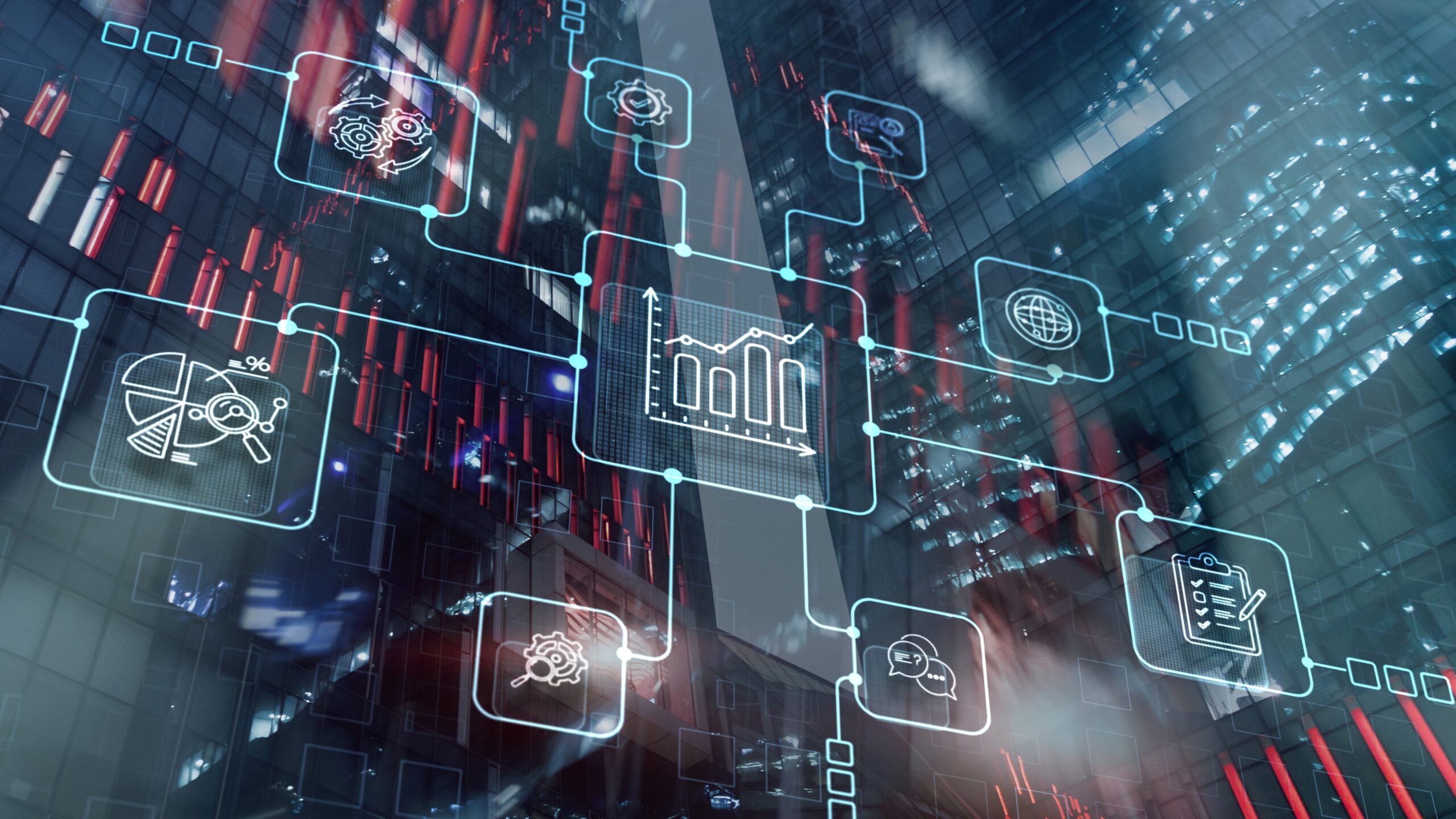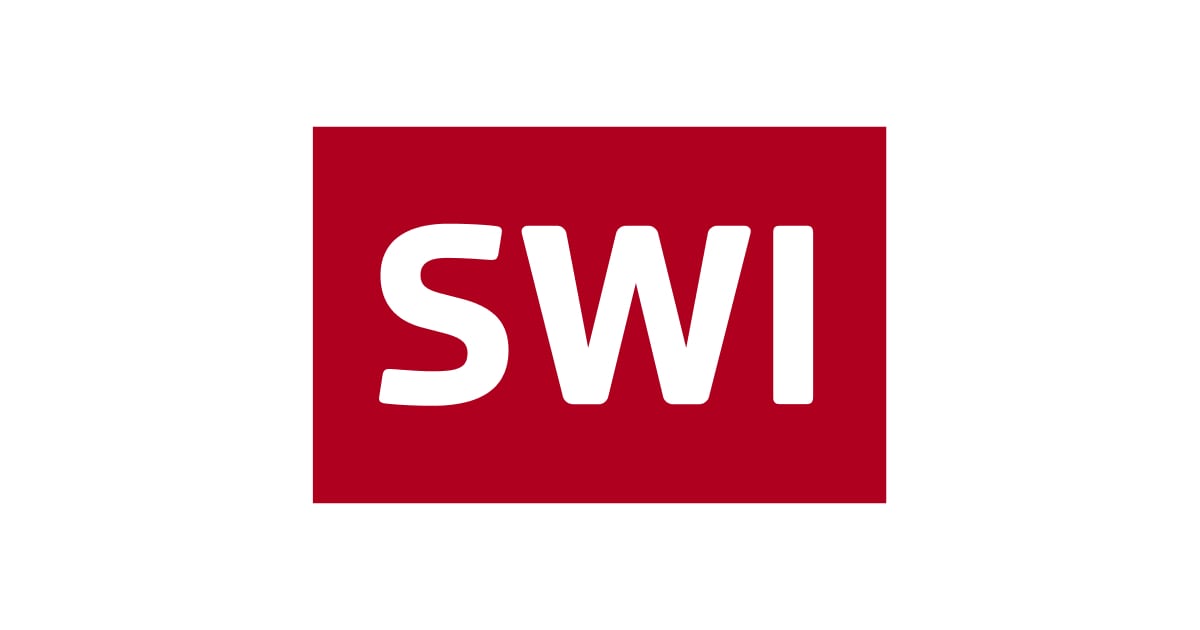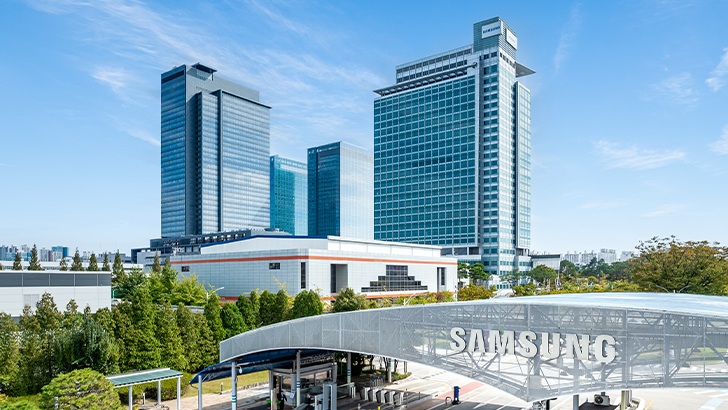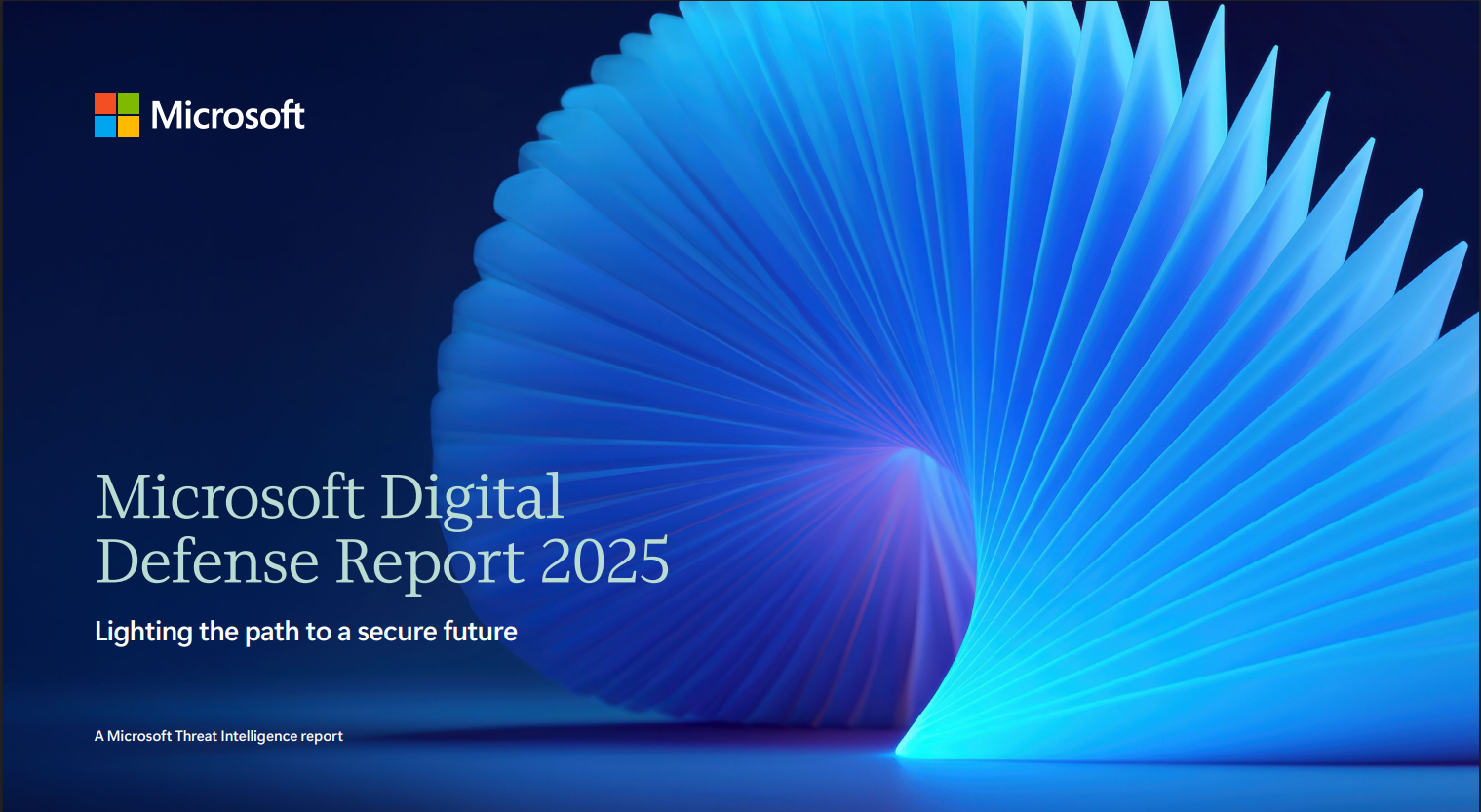This article was first published in The Business Times on October 9, 2025. It was co-authored with Julia Bingler, Fellow at the Council on Economic Policies.
Authorities must revise capital frameworks and integrate resilience into monetary operations to tackle challenges
In just the last few months, novel risks have crystallized across ASEAN+3.
Grab merchants in Singapore began accepting stablecoin payments; Typhoon Bualoi flooded Philippine and Vietnamese ports and factories, paralyzing entire provinces; and US tariff increases are forcing regional economies to recalibrate supply chains.
These disruptions share a common thread: traditional economic frameworks cannot keep pace. Digital assets are reshaping monetary systems, social tensions are threatening political and economic stability, climate extremes are disrupting supply chains, and geopolitical shifts are upending trade patterns.
Policymakers must now simultaneously respond swiftly to immediate crises, such as rising living costs, geopolitical pressures and extreme weather events, while steering deeper structural changes involving demographic shifts, digital currencies, artificial intelligence (AI) and the transition to sustainable economies.
The prosperity of ASEAN+3 economies–the 10 Southeast Asian nations plus China (including Hong Kong), Japan and South Korea–hinges on whether policymakers, central banks and financial supervisors can navigate an increasingly complex landscape of novel risks that cut across food security, labor markets and infrastructure resilience, potentially undermining economic welfare and financial stability.
The rising likelihood of compound shocks adds complexity. But if tackled strategically, such policies can become catalysts for sustainable prosperity.
New risks require new approaches
Novel risks are not simply variations of known shocks. Most are cross-border, systemic and fraught with deep uncertainties, with a high likelihood of materializing concurrently.
Because they challenge conventional governance and risk management approaches, these risks require more adaptive and targeted instruments to safeguard financial stability, as well as to ensure price stability and sustainable long-term prosperity.
Conventional financial risk assessment models based on historical data and unrealistic assumptions cannot capture novel risks appropriately. Backward-looking stress testing is increasingly unviable. By their nature, these are risks that economies have not faced before, making forward-looking risk management and analysis essential.
Global systemic challenges at this level cannot be hedged or diversified away. When they crystallize, there will be wide cross-border implications.
Novel risks also put monetary policy under pressure. Stablecoins and climate change weaken monetary transmission channels and exacerbate existing vulnerabilities.
While fully pegged stablecoins promote financial inclusion for the under-banked and bridge traditional finance with the digital economy, they also amplify currency devaluation and weaken central banks’ ability to set monetary policy in line with domestic economic conditions. They could trigger capital flow volatility, liquidity shortfalls, and sudden devaluations that wipe out savings.
Climate change, meanwhile, will damage productive capacity, alter investment patterns and create inflationary pressures through supply shocks.
Financial authorities must step up
Finance ministers, central bankers and financial supervisors need new approaches to address these challenges.
Price and financial stability must now take into account forces that threaten stability beyond traditional business cycles. Without such adaptation, economic and financial governance frameworks risk losing their effectiveness.
Novel risks demand strategically recalibrated monetary policy, resilience-focused financial regulation and forward-looking supervision. Policymakers, central banks and financial regulators already possess powerful tools that – if deployed early and strategically – can help financial markets navigate these risks more effectively.
Several ASEAN+3 central banks are already leading the way with initiatives to manage the digitalization of financial services, strengthen regional payment systems, develop human capital, promote financial inclusion and support the transition to climate-resilient economies.
The Bank of Korea has created a virtual asset committee to monitor crypto developments and support legislation; the Bank of Thailand has completed consultation on its AI risk management policy; and the Monetary Authority of Singapore is developing a generative AI risk framework through Project MindForge. Japan has amended the Payment Services Act to introduce stablecoin licensing requirements, and Bank Negara Malaysia has launched a Climate Finance Innovation Lab while integrating climate risks into supervision.
However, these initiatives remain fragmented and often modest in scale relative to the magnitude of the risks ahead. The time has come to scale up, systematize the implementation of these measures and regionalize them.
Supervisors and regulators need to revise capital adequacy frameworks to reflect novel risks, and issue explicit guidance on how institutions must incorporate them into strategies.
Disclosures must deliver decision-useful, forward-looking information. Systemic capital buffers need calibration to reflect the likelihood of risks materializing simultaneously. Regional collaboration will be critical to avoid regulatory arbitrage and fragmentation.
For monetary policy, central banks need to integrate resilience directly into refinancing operations and asset purchase programs. They must reflect novel risks in collateral frameworks and balance sheet management, including foreign reserve holdings.
Regional cooperation essential
ASEAN+3, as a region of diverse economies bound by deep interdependence, faces unique challenges.
Risk spillovers are inevitable, and no single nation’s measures will suffice. A prolonged heatwave in one country disrupts food supply chains in another. Capital mispriced in one jurisdiction creates vulnerabilities across the regional financial system. A rapid shift to US dollar stablecoins could weaken monetary policy effectiveness and create sudden liquidity shortfalls.
To deal with these risks, both individually and simultaneously, the region must monitor developments, meet regularly to coordinate policy actions, and develop internal capacity to understand and manage them.
By pooling expertise as well as developing common standards and interoperable regulatory frameworks, ASEAN+3 policymakers can transform a patchwork of responses into a regional architecture of resilience.
Finance ministries and central banks have long been the guardians of economic and financial stability. In this new age, they must also become architects of resilience and enablers of economic transitions.
Aligning financial supervision and monetary policy with novel risks is not a technocratic exercise. It is a strategic choice that will define whether regional economies can achieve sustained growth, mitigate emerging risks, enhance social welfare, and benefit from climate-resilient prosperity in the decades ahead.
ASEAN+3 can provide an example of global best practice, leading in setting the framework and institutional arrangements necessary to monitor and manage novel risks.






